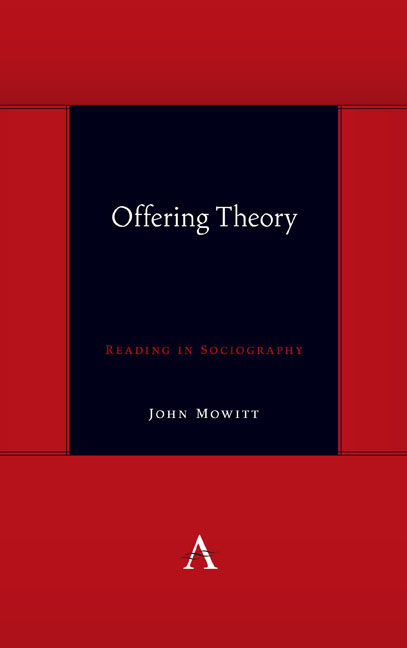Book contents
- Frontmatter
- Dedication
- Contents
- Acknowledgments
- The Pretext
- Introduction: Theory in Limbo
- 1 Queer Resistance: Foucault and the Unnamable
- 2 Stumbling on Analysis: Psychoanalysis and Everyday Life
- 3 Strangers in Analysis: Nationalism and the Talking Cure
- 4 “Jamming”
- 5 WWJD?
- 6 What Said Said
- 7 Apart from Theory
- 8 Conclusion: Theory Is Out There
- References
- Index
8 - Conclusion: Theory Is Out There
Published online by Cambridge University Press: 14 August 2020
- Frontmatter
- Dedication
- Contents
- Acknowledgments
- The Pretext
- Introduction: Theory in Limbo
- 1 Queer Resistance: Foucault and the Unnamable
- 2 Stumbling on Analysis: Psychoanalysis and Everyday Life
- 3 Strangers in Analysis: Nationalism and the Talking Cure
- 4 “Jamming”
- 5 WWJD?
- 6 What Said Said
- 7 Apart from Theory
- 8 Conclusion: Theory Is Out There
- References
- Index
Summary
Interviewed on the pages of the Los Angeles Review of Books, Gayatri Spivak— certainly regarded as one of the preeminent theorists of her generation (Benedict Anderson might place her on the A team of postcolonial studies)— had the following to say about Theory and its instruction:
But I don't apply theory when I’m actually teaching in these schools [her summer literacy programs for girls in India] of teaching at Columbia. It's like I have been thrown into water and I am learning to swim. Every time I am still terrified before I go to class. But the thing is that afterward, when I think of the experience, I can see how theory is nuanced by what I have learned from the teaching and what part of the theory survives because theorizing is also a practice. This is something that we have not been able to teach our students at the top. So even if one doesn't know that one is theorizing, one is doing so. If you generalize and speak to groups, you are theorizing. In fact, it is impossible to think without theorizing in one way or the other. (Spivak 2016, n.p.)
I conclude with a reading of this response. It contains pretty much everything and exemplifies the point about the odd “when” of Theory. What matters is not really her (although Spivak is remarkable in her dogged attention to teaching), but these sentences. The “where” they take us to.
The terror Spivak admits to will remind readers of Death of a Discipline and its urging that we allow “literature to teach us that there are no certainties, that the process [of teaching literature] is open, and that it may be altogether salutary that it is so” (Spivak 2003, 26), followed later with, “the most important thing, as far as I can tell, is knowing how to let go” (ibid., 34). As forms of what Benjamin might wish to call “counsel” (Rat), such formulations are designed to remind those who teach, especially those who teach reading, that the practice is only effective when the uncertain prevails. Crucial to this effect is the displacement of instructive agency: the teacher does not teach, the literary text does.
- Type
- Chapter
- Information
- Offering TheoryReading in Sociography, pp. 163 - 172Publisher: Anthem PressPrint publication year: 2020



